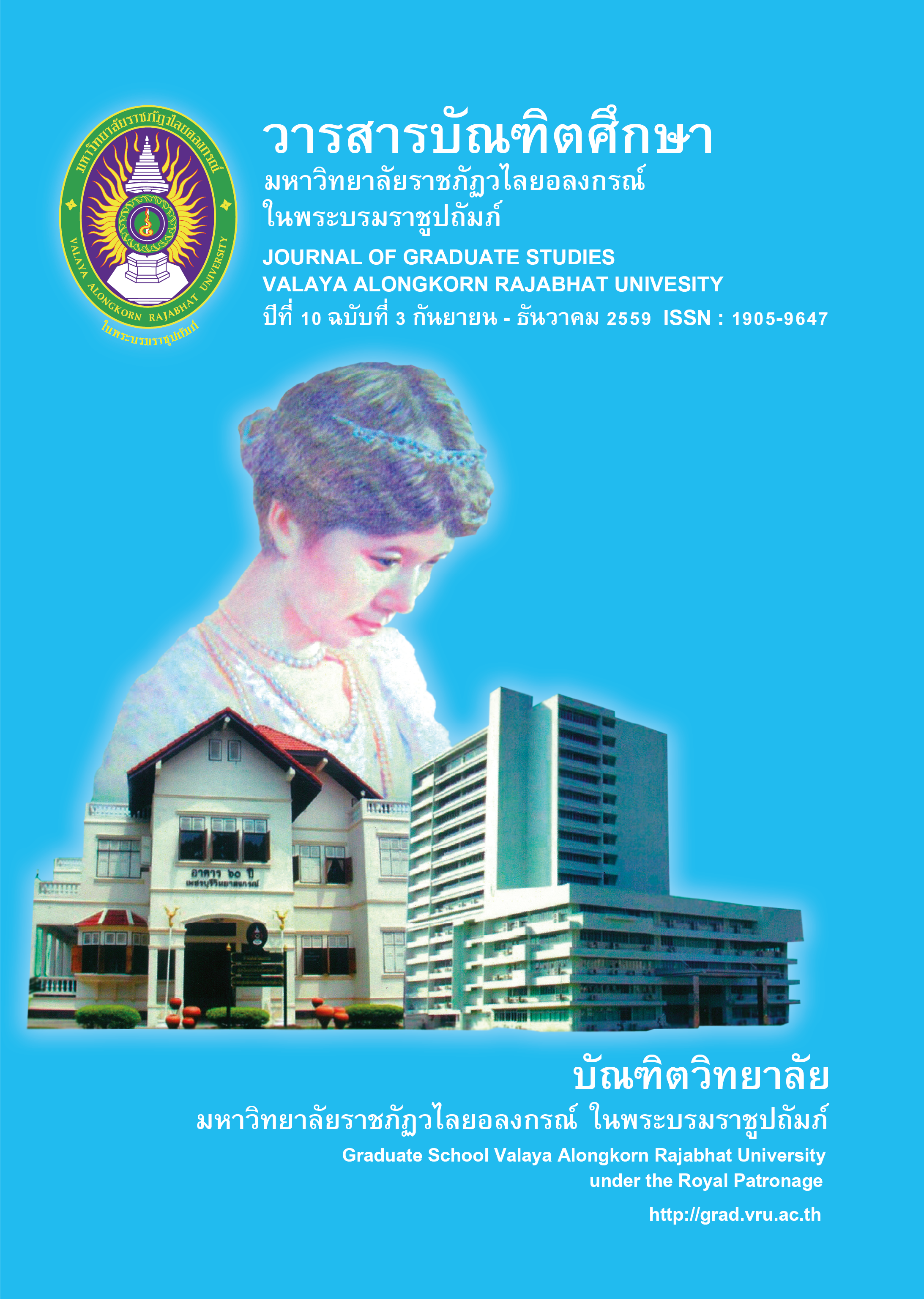การจัดสรรของงบประมาณรายจ่ายระดับกรมของรัฐบาลไทย
Main Article Content
Abstract
บทคัดย่อ
บทความนี้เสนอกรณีศึกษาของการจัดสรรงบประมาณรายจ่ายระดับกรมของรัฐบาลไทยเพื่อทดสอบข้อสมมติฐานว่า การเพิ่มขึ้นของงบประมาณรายจ่ายเป็นแบบลักษณะค่อยเป็นค่อยไป หรือแบบก้าวกระโดด หรือลดลง พร้อมข้อสังเกตถึงอิทธิพลเชิงสถาบัน เช่น การเปลี่ยนแปลงรัฐบาล การปรับตัวตามกฎหมายตามรัฐธรรมนูญ และ ปัจจัยทางการเมืองต่อการกำหนดรายจ่ายของกรม หน่วยวิเคราะห์ครั้งนี้ คือ การจัดสรรงบประมาณของกรมหรือเทียบเท่าระหว่างปี พ.ศ. 2548- 2559 ซึ่งสังกัด 20 กระทรวง ผลการวิเคราะห์ที่สำคัญ คือ ก) พบแบบแผนการเติบโตของรายจ่ายที่หลากหลาย ข) การเติบโตของงบประมาณรายจ่ายในลักษณะแบบค่อยเป็นค่อยไป (กำหนดนิยามว่าหมายถึง 5-10% ต่อปี) อธิบายปรากฏการณ์ได้เพียงร้อยละ 18 ค) การขยายตัวอีกลักษณะหนึ่งคือการเติบโตอย่างก้าวกระโดด (เชิงบวก) อาจเป็นเพราะว่าภารกิจของกรมในปีนั้นๆ สอดคล้องกับนโยบายของรัฐบาล หรือได้รับการสนับสนุนจากฝ่ายการเมือง ง) พบปรากฏการณ์รายจ่ายของบางหน่วยงานที่ถูกปรับลดลง อาจจะเป็นเพราะว่าโครงการลงทุนสิ้นสุด หมดภารกิจ หรือการที่ไม่ได้รับการสนับสนุนจากฝ่ายการเมืองในขณะนั้น ในส่วนการวิเคราะห์เชิงปริมาณใช้สมการถดถอยโดยกำหนดให้ อัตราการเติบโตของการจัดสรรรายจ่ายเป็นตัวแปรตาม ใช้เทคนิคการประมาณการที่ลดการถ่วงน้ำหนักในบางตัวอย่างลง (robust estimation) สรุปเป็นข้อสังเกตได้ว่า อัตราการขยายตัวของรายจ่ายมีแนวโน้มลดลงเมื่อขนาดรายจ่ายเพิ่มขึ้น นอกจากนี้เสนอข้อสังเกตของปัจจัยเชิงสถาบันต่อรายจ่าย (สะท้อนในตัวแปรดัมมีกระทรวง เพื่อดูความแตกต่างเป็นกระทรวง) พบข้อสังเกตว่า อัตราการเติบโตของงบประมาณที่กระทรวงพลังงานได้รับค่อนข้างต่ำ อาจจะเป็นเพราะว่าในกระทรวงนี้มีแหล่งรายได้อื่นในรูปของกองทุนหมุนเวียน ส่วนสุดท้ายอภิปรายข้อจำกัดของการศึกษาและข้อเสนอแนะการวิจัยในอนาคต
ABSTRACT
This paper presents a case study of Thai government budget appropriation to test the hypothesis of incremental budgeting and to take note of institutional influence such as government regime change, constitutional mandate, and departmental competition for budget appropriation. Our unit of analysis refers to departmental budget appropriation between the period 2005 and 2016 under 20 ministries. Findings: a) the pattern of budgetary growth seems to be heterogeneous; b) an incremental budgetary growth which is operationally defined as a range of 5-10% per annum, was, surprisingly, accounted for only 18 percent; c) there were cases of rapid growth in budget allocation which might be explained by political influence or that the current activities of a particular department was consistent with the strategic plan of the government in power; d) there were also cases of negative growth rate which might be explained by termination of investment projects or that departmental activities were not in line with political priority. We apply the robust regression technique in our model in which budgetary growth rate the dependent variables and test against a set of explanatory variables. The negative coefficient of the budget amount (in natural log) implies that the budgetary growth rates tend to decelerate when the budget amount increases; it is worthwhile to note that there were jump in the coefficients (positively or negatively) which implies difference between ministerial budget appropriation which is a subject worth further investigation. Of note is that the slow growth of budget for the Ministry of Energy - this might existence of revolving fund in control which is treated as non-budgetary. The last section discusses limitation of our study and a suggestion for further study.
Article Details
บทความทุกเรื่องได้รับการตรวจความถูกต้องทางวิชาการโดยผู้ทรงคุณวุฒิ ทรรศนะและข้อคิดเห็นในบทความวารสารบัณฑิตศึกษา มหาวิทยาลัยราชภัฏวไลยอลงกรณ์ ในพระบรมราชูปถัมภ์ มิใช่เป็นทรรศนะและความคิดของผู้จัดทำจึงมิใช่ความรับผิดชอบของบัณฑิตวิทยาลัย มหาวิทยาลัยราชภัฏวไลยอลงกรณ์ ในพระบรมราชูปถัมภ์ กองบรรณาธิการไม่สงวนสิทธิ์การคัดลอก แต่ให้อ้างอิงแหล่งที่มา


